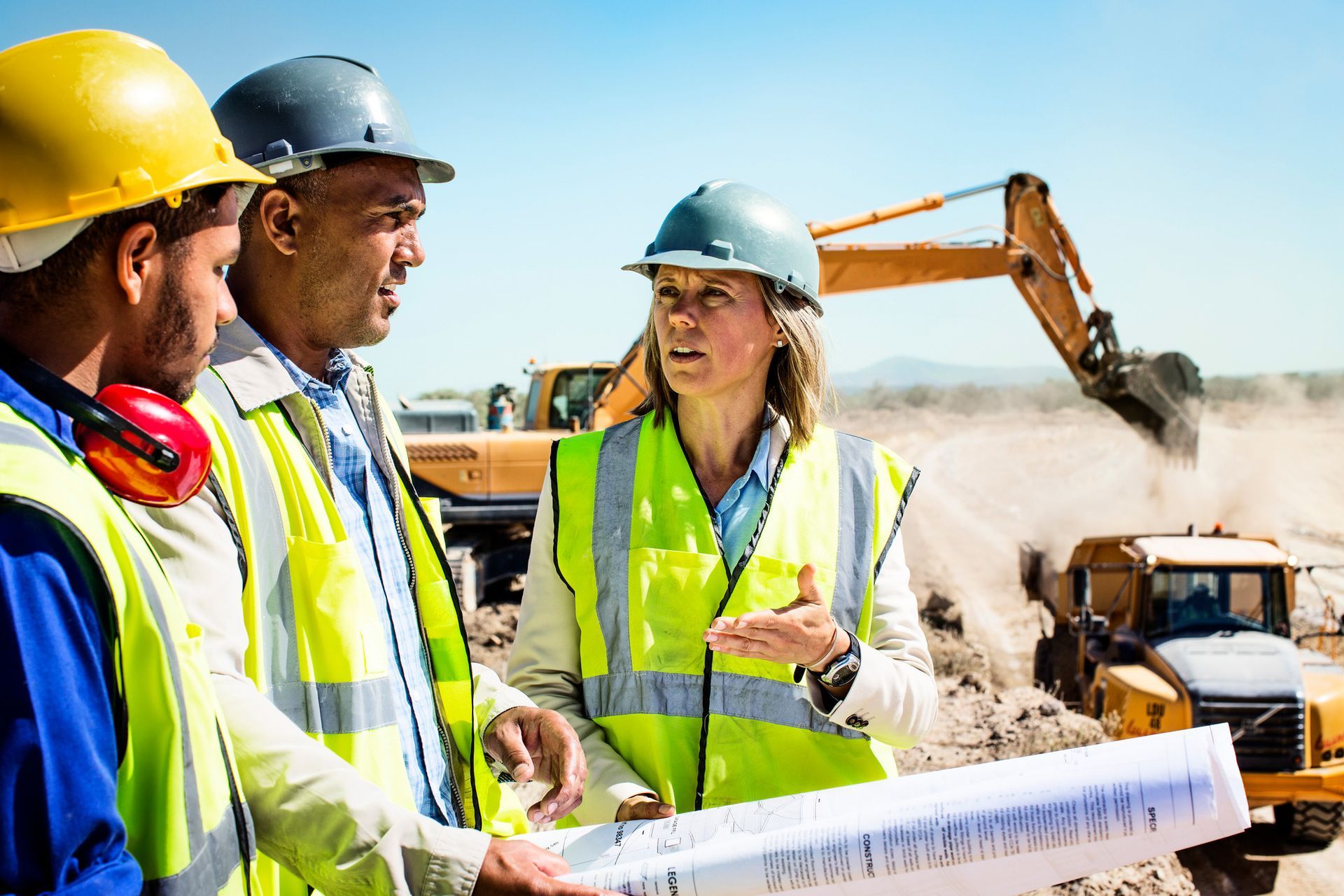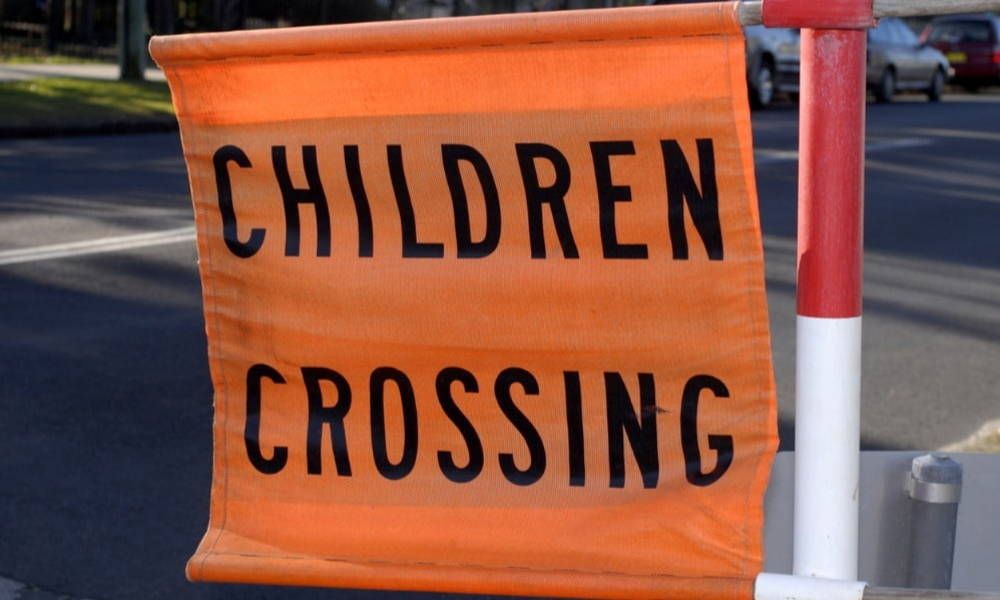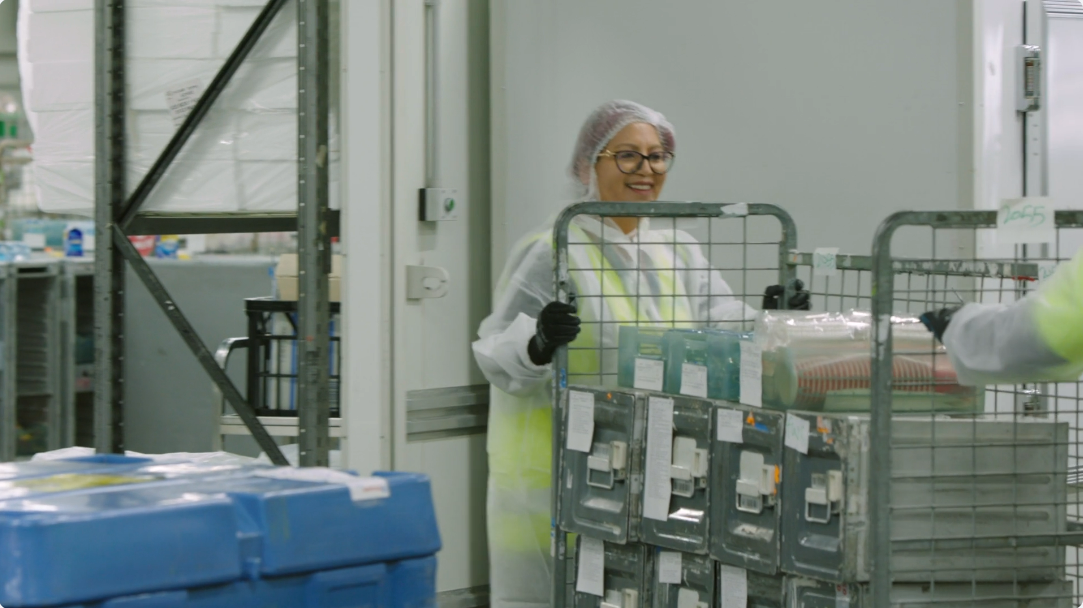As more baby boomers enter retirement age and the ratio between the numbers of workers to the numbers of retirees’ rockets, why should Australian business be concerned?
There has been much said in recent years on Australia’s ageing population and workforce participation rates, but while 56% of employers believe that an ageing workforce will have a large or very large impact on their own organisation, they have been largely content to leave the issue to government policy makers.
Government, at least at a Federal level, has taken a significant role in encouraging older workers to delay retirement by targeting both employees(through policy and superannuation changes) and employers (through a range of incentives), but this approach appears to have had little impact. The statistics regarding Australia’s ageing population are stark: in 1970 there were five people of working age supporting each Australian over 65. At current trends, this will fall to just 2.7 by 2050.
The pressure on the Australian business community is mounting. According to figures published by the Australian Treasury in their 2004 report Australia’s Demographic Challenges2, 25 per cent of the population will be aged over 65 in 40 years—more than double the current level. At the same time, growth in traditional workforce ages is predicted to slow to almost zero. Mature employees represent a valuable and often untapped source of increased productivity for organisations. Our research found that older workers have a strong drive to work, as well as a growing financial imperative to do so following the blow to their savings during the GFC. Yet despite this, ‘grey workers’ are underrepresented in the workforce and overrepresented in the joblessness rate. ABS figures clearly show a generation gap in the average duration of unemployment, with 45-54 year olds unemployed for 52 weeks on average and 55+ year olds for 75 weeks – more than twice the average period for those under 453.
For Coming of Age: the impacts of an ageing workforce on Australian business, the latest in Chandler Macleod’s white paper series, we surveyed 480 senior businesspeople and 672 Australian jobseekers on the advantages and challenges of increased mature worker participation. We sought to understand which industries are at greatest risk of skills shortages as a large body of skilled employees transition to retirement, and what employers are doing about it. Primary research was supplemented with insights from a range of publicly available publications, research reports and articles.
Our research identified the need for Australian business leaders to become more strategic in their approach to attracting and retaining mature workers. While there are compelling economic and social arguments for the need to keep workers in the labour force for longer which are the remit of governments, the reality is that it is individual organisations and their employees who make the decision whether or not to hire and retain an older worker, and how they will prepare for the impacts of an ageing workforce.
Key findings:
- 44% of employers are unprepared for the impact of an increasing ageing workforce, believing that changing demographics will have little or no impact on their organisation.
- Only 20% of organisations have strategies in place to attract, engage or retain mature aged employees. Where strategies exist, there is a disconnect between what is being put in place by employers and what employees want.
- Older and younger workers want broadly the same things from their jobs – feeling recognised and valued for their skills, a connection with the company culture and values, support from their direct manager and the opportunity to learn new things.
- Contrary to popular opinion, the vast majority of older workers are not seeking an easy transition to retirement, with 75% of our survey respondents preferring a challenging and rewarding role.
- Despite 61% of employers regarding their older employees as more productive and better in a crisis than their younger counterparts, 60% of respondents commented negatively on key issues related to hiring older workers. Many of these negative comments related to myths and stereotypes.
- One in four (23%) of employers believe older workers have higher salary expectations, but 58% of workers over 50 stated they were willing to accept a pay cut for the right role, and 61% would accept a more junior position.
- Age related discrimination is still a problem in Australia, with the average employer believing discrimination becomes evident at 54 years of age, while employees perceive age discrimination becomes evident for jobseekers as young as 48.
- The surveyed businesses believe the main reason employers are not hiring older workers is that older workers simply aren’t applying for the roles advertised.
- Employers need to take action now to manage the future impacts of an ageing workforce. This requires multi-faceted and integrated strategies including workforce and succession planning, skills auditing and the identification of transferable skills, knowledge retention, culture and leadership development.
- Older workers also need to take responsibility for their careers, keep their skills current and actively pursue opportunities.













